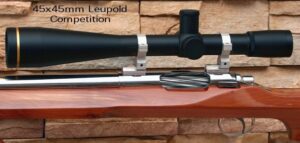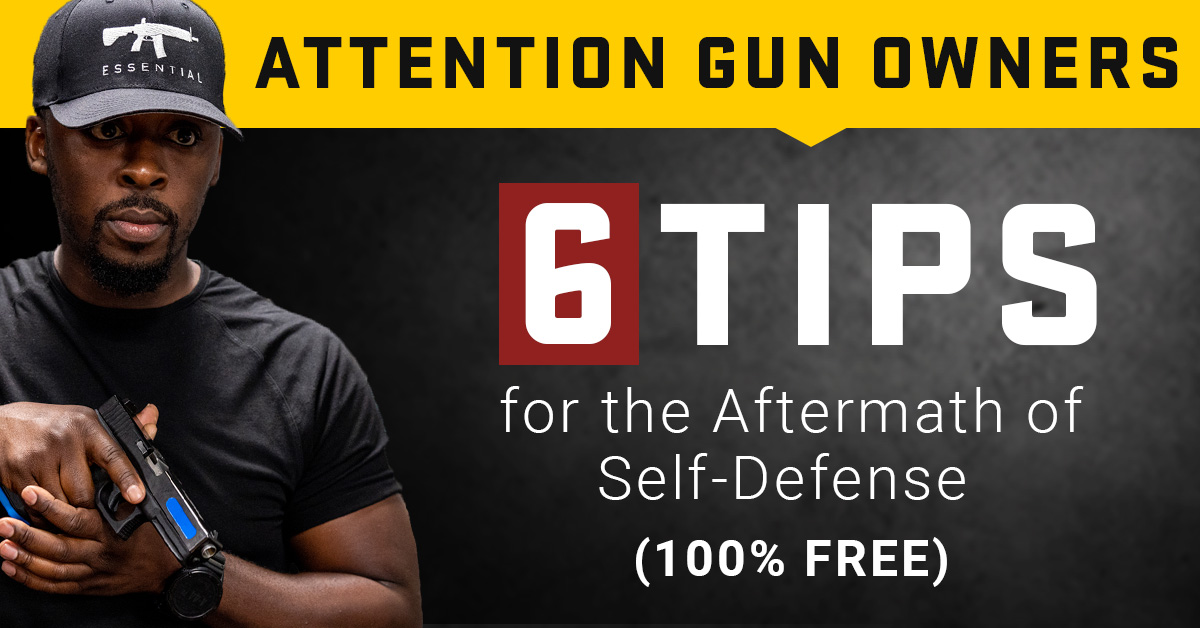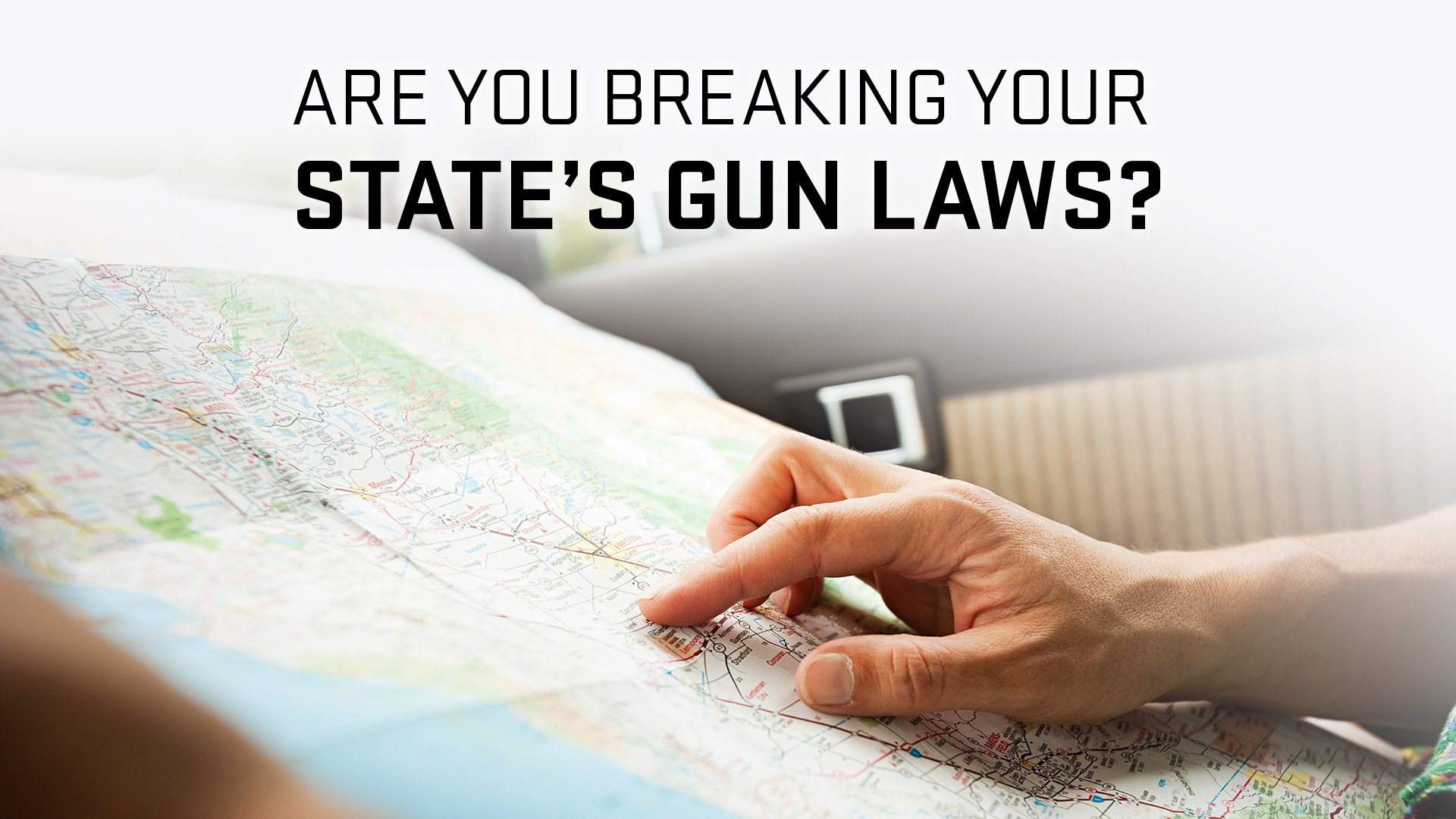Gun safes are the topic of today’s Saturday Showcase. Gun safes are essential for firearm owners. There are many options for gun safes. But we recommend that you buy more than you think you will need. Your gun collection will grow over time. You should also consider the safe’s fire rating. Other important factors to consider include wall thickness, lock type and shelf and storage layout. Humidity control is also an important consideration. All Bulletin readers are encouraged to read our Gun Safe Buyers Guide. This 9400-word, in-depth article covers ALL of these topics: Anti-Corrosion
Budget Safes
Bolt Layout
Door Seals
Fire Proofing
Handgun Storage Hinges
Humidity Control
Installation Tips
Interior Layout
Interior Lighting
Locks-Dial vs. Digital Modular Safes
Rotary Racks
Size and weight
Temperature Control
Wall Thickness
This video explains the water proofing technical features of gun safes. It is very informative and sensible. Learn about the steel gauge or thickness, the various types of hinges, lock control options, and fireproofing options. This video was prepared by a trusted safe retailer in Las Vegas and is recommended for anyone considering purchasing a large homesafe. Assembly of SnapSafe TitanXXL Double Door Modular safe. This video is by Gavin Gear from UltimateReloader.com. It shows how to unpack and assemble a large, twin door SnapSafe modular safe. This video shows you how to attach the twin doors and how individual panels are assembled. Gavin also shows how to install the interior insulation panels that provide basic fire protection. Amazingly, the entire XXL modular safe assembly can be done in under an hour using simple tools. VIEW THE COMPLETE Article HERE.
This video shows you the features of a quality safe under $1000. Even if your safe is already in use, it’s worth watching. The host demonstrates a range of accessories and upgrades that gun safe owners should consider. The host explains why you need a dehumidifier and Golden Rod. He also shows you how to install interior lights that automatically turn on when the door opens. The Gun Vault — The Next Step Beyond the Jumbo Gun Safe. If you have a large gun collection and want to build a custom home, a Gun Vault may be a good option. This is essentially a large secure room with thick walls and a heavy door. Atlas creates a large walk in gun vault using the Fort Knox Gun Vault Door and the Gallow Tech Shelving System. The Fire: What Really Happens in a Burned Safe? In this video, Atlas opens a “fireproof gun safe” that was actually exposed to a house fire. Watch what happens when a gun safety that is supposed to keep it from being caught on fire is actually exposed to a large fire. These results are quite surprising, to say the least. This video shows you that you must do your research before purchasing a “fireproof safe.” Learn about the fire rating system and how interior materials and construction can make a huge difference in real-world fire protection. The choice of locking mechanism is an important decision when purchasing a gun safe. What lock should you choose? Both e-locks and dial locks have their pros and cons. As long as you get a good lock, neither is bad. This video will help you make a decision and explain the differences between them. A Modular Safe Assembly Guide with Simple Tools. Modular safes are a good choice for gun owners who frequently move or live in an apartment or condo. Steelhead Outdoors is based in Minnesota and offers three safes: Nomad 26, 32, or 38. This video shows you how to assemble a Steelhead Outdoors Nomad series safety. These safes are easy to assemble if you have basic skills. Steelhead recommends that you have two people to complete the task. The safe comes in four (4) boxes. The safe comes with wrenches. This video shows you the entire process from start to finish.
Guide to Quick Access Safes for Handguns. A quick-access safe can help keep your pistol safe but also make it easily accessible. Not all safes are created equal. This video will explain the features that you need in a small pistol safety. The video also discusses the pros and cons for seven different handgun safes. We recommend that your handgun not be kept in plain sight, such as on a table or bedside table. You can find other places where you have quick access without attracting home intruders. Wireless Hygrometer Monitors Temperature and Humidity in Safes The Hornady Security(r), Wireless Hygrometer monitors temperature, humidity, and other conditions without ever opening the gun safe. The wireless hygrometer uses a remote sensor in your safe to measure temperature and humidity. The data is then sent to an external display. Wireless technology eliminates the need for opening the safe to check the storage environment. It also prevents temperature and humidity spikes from outside. The large touchscreen displays current high/low data from the base and remote units in Fahrenheit and Celsius. To combat oxidation-causing humidity, the hygrometer is used in conjunction with Hornady Security’s in-safe humidifiers. Gun Safe Installation Recommendations All safes should be secured with heavy-duty fasteners. Multiple bolts should be used in the safe’s bottom, which should be anchored to concrete or a solid foundation. Make sure to use the right lag bolts and anchors for the material beneath your safe. Mount the safe to the wall studs if it is not possible to mount to the floor. An inexpensive electronic “Stud Sensor”, which can be purchased at home supply shops, will help you locate the location of the studs. Make sure to check the thickness of the safe floor. If the steel at the bottom of your safe floor is very thin, you can place a steel backing sheet between the bolt heads. Although large washers are possible, a backing strip is better. The bolt heads can pull through thin-gauge steel without such reinforcement if the safe is rocked or lifted from the bottom using a pry-bar. Your safe should be located in a corner of a room, or in a recess blocking access to the safe’s sides. Many gun safes have thinner steel than the door. This is because the steel at the top, sides, or rear of the safe is thinner. It is much more difficult to access the sides by blocking access, which makes it harder to use power tools along the sides, where the safe can be most vulnerable. It is also a good idea to keep the safe in a tight area with limited movement. Anything that makes it difficult to move the safe helps deter thieves. Many people keep their safe in a basement or garage. This is not necessarily a bad idea. However, people often store their tools in the exact same places. Keep your power tools away from the safe. One safe-maker shared with us how the safe was destroyed by the owner’s own torch, which was kept right next to it. Pay attention to the area surrounding the safe. Avoid areas with a lot wood beams, paint containers, or other combustible materials. These items can be used to fuel a house fire, which will increase the chances that your safe will be damaged. Chris Luchini, coauthor of Rec.Gun’s Guide to Gun Safes offers some practical advice: “Get alarm systems. Alarms are less likely to be heard by burglars and they will not return to the scene to finish the job. Alarms in the safe area and the house are a good idea.

















